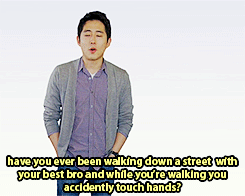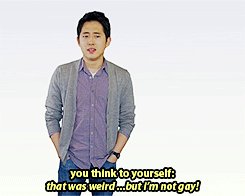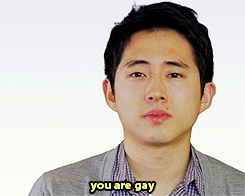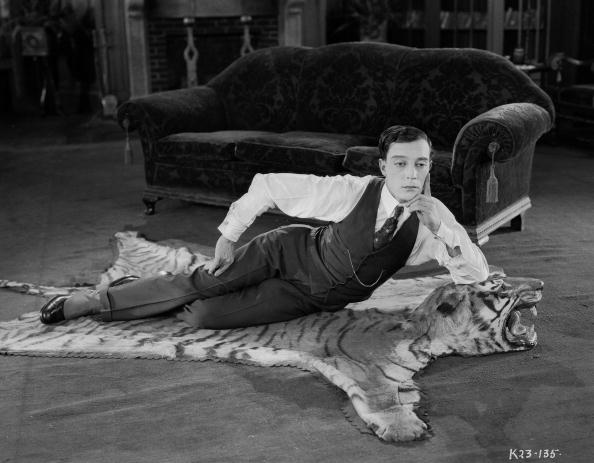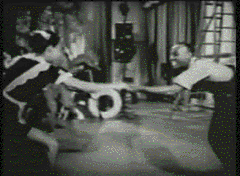
I am insanely busy.
So of course, here is a post. Also I am tired, so these words = rubbish.
I find teaching with a few very good, very clever and observant follows teaches me so much about teaching and dancing. I am so lucky to get to work with such great dancers and teachers.
This is what I’ve been thinking about swivels lately, after an intensive two months working on the ‘Frankie 89’ choreography Lennart and eWa taught us in Herrang.
Swivels are not styling, they are a powerful movement that makes swinging out at higher tempos possible. Relatedly: do not drop your triple steps.
Frankie taught follows to swivel right from their very first class. I know some teachers don’t do this, because they think that swivels are ‘too hard’. I think a lot of people think lindy hop is really hard. But it’s not. As Lennart says, “It is really a very simple dance.”
Doing more work with old timers this year, and with people who worked closely with old timers, I’ve realised that their approach is fundamentally different to modern lindy hoppers’. Modern dancers are recreationists, and are (for the most part) trying to reverse engineer lindy hop. Old timers invented lindy hop. And old timers were social dancers. So lindy hop is pure function.
What does that mean?
If you approach all lindy hop in the simplest terms, it makes a lot more sense. A swing out is really just two partners sometimes being together, and sometimes being apart. Now what’s the simplest, most efficient and practical way to handle that? Use a little turn – a slingshot. Just like launching a rocket into orbit, and then out into the solar system. A swing out is just a circle where you let go half way. A swing out open to open is just a stretch and then a little turn in the middle to redirect the momentum.
I feel quite strongly that you don’t ‘add styling’ to your dancing. Your ‘style’ should just be a natural consequence of your movements (of you, your body, the way it works, and the way you use it). Your arms swing in charleston because you bounce, you bend a bit at the hip in your athletic posture, and you allow your upper torso a bit of rotation/torque. Your fingers are ‘alive’ and not floppy, because you feel feels.
With this in mind, then, swivels must have function. A function that’s aesthetically pleasing, but effective function none the less. If you treat swivels as ‘just a fancy way of walking’ – two steps with a bit of shape – then you get down to a) the rhythm of the step, and b) the function of the step. I’m all for swivels on the spot as well, but traveling swivels are a key part of most dancers’ repertoires as well.
I’m avoiding digressing into talking about how followers’ movements are led by the leader here, ok? I know we could have a discussion about whether followers should take a step for every step a lead makes, but that’s going to get us off track, ok?
So how is a swivel a powerful way of moving? What makes the swivel more awesome than just walking? Yes, yes, we know they look fabulous. But we’re trying to stay on track, right?
I like to teach swivels this way:
Imagine you are doing the twist, 1960s style. Your weight is evenly distributed between your hip-width feet. You are wearing skiis, so don’t let your skiis tangle or cross.
Now, as your feet point to the right, shift your weight to the right. As they point left, shift your weight to the left.
Boom. Swivels on the spot.
Remind yourself to bounce/pulse while you do this – you need the bounce, because bounce is your body preparing to move. Each bounce is like a little spring coiling – it’s stored energy – and that stored energy is released when you take a step.
So now, instead of just shifting your weight while you twist, take an actual step. Right, left, right left.
BOOM. Traveling swivels.
You need to: bounce; wear skiis (for efficient alignment for the sake of your knees, but also to ensure a nice clear line of energy from the ground to your core and back again); use athletic posture (you know – jump up in the air, then land with slightly bent knees, arms out, a bit of bend at the the hip, etc etc); make clear weight changes.
Once you have all this happening, your swivel becomes a very powerful step. Powerful in terms of energy and muscle power, not symbolic feminist energy**. The bent knees, arse out (hip bend), relaxed arms, open chest, clear weight changes, bounce, etc etc makes this posture and way of movement super powerful and strong. Each step/swivel becomes a little power-push, just like a sprinter leaping from the block at the beginning of a race.
You really, REALLY need this power when you’re dancing fast. It’s one of the ways the follows feed energy into the swing out cycle. Add that to the way a bit of stretch on one/two works, a very efficient 3&4 (the turn/circle in the middle – triple step to add power and aid travel!), and you have this fantastically powerful little engine.
All of this makes for great biomechanics.
But it has also made me a much better teacher for follows. I tend to favour talking about leads, because I am a lead. This makes me cranky because it makes lindy hop sound lead-centred. But once you understand that follows really aren’t passive at all, that the way follows move contributes importantly to momentum, suddenly you have tools for talking to follows in class.
Sam’s moment of personal growth: understanding following empowers follows, makes this leader a better teacher and a better dance partner.
I often say (stealing an idea Naomi Uyama used in a class) that follows have a responsibility to keep the rhythm for the lead. Ramona says that each partner has a responsibility to ‘take care of the beat’. Lennart says you need to ‘make friends with the music’. Steven Mitchell grunts “MM! Yeah!” I like to have partners bounce together on the spot before they start dancing, because it’s a way of reassuring your partner that you can find the beat (as well as a way to connect with your partner and the music).
These concepts all tell you that maintaining energy in your dancing is the responsibility of both partners. A science teacher friend in my practice group noted that swing outs can’t be 100% relaxed low impact. The stretch or ‘tension’ (in the sense of stored energy) has to be fed into the cycle somehow. If you let go earlier (5), if you lead by moving your body, you need to have 1 and 2 be much more powerful to feed the energy in. A powerful swivel helps follows contribute energy, a bit of stretch before leading in lets the leads contribute energy. Just like Frankie. This energy, then, is coming directly from your core: it’s built into the coiled spring of a vertical bounce, and it’s managed by strong glutes pushing, and a stable core.
This is where my knowledge ends. I just don’t know enough about biomechanics to say more. And I suspect I’m a bit full of bullshit, really.
But I find this approach really important for the way I then think about social power in following. It’s patently ridiculous to think of following as ‘passive’. A passive follow would be a dead weight. An active follow is engaging their muscles and actively contributing to the energy in the dance. Even if they never do a single jazz step or ‘variation’.
So following in lindy hop cannot be passive.
This then upsets the idea that a lead ‘controls’ the partnership. Nothing a lead tries will work properly if the follow isn’t actively contributing to and maintaining energy and momentum. The lead may think that a move has ‘worked’ under these conditions, but they won’t actually be leading.
*Teach your beginner students to swivel right from their first class. Skill them up. Give follows power. Don’t be afraid of lindy hop.
**But why can’t you think of swivels as a symbol of powerful feminist mite?

